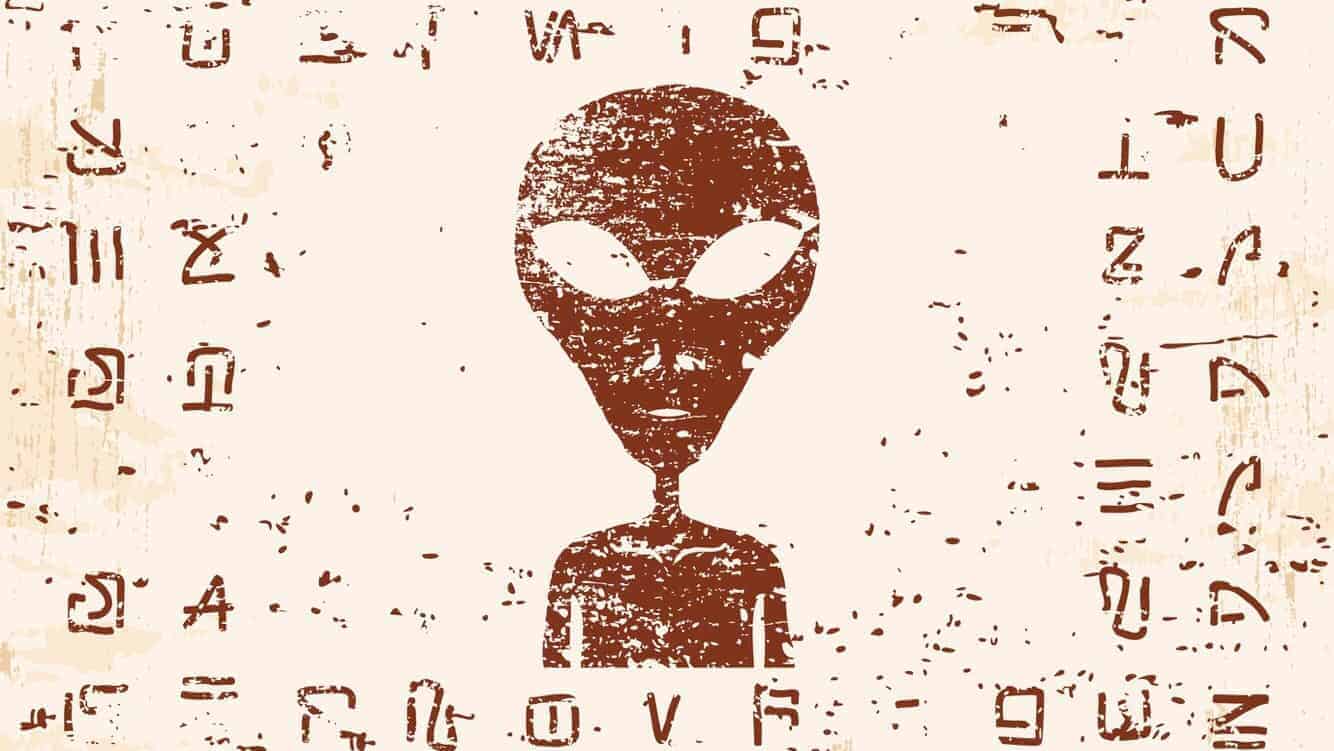“Over the next decade, we should be able to search for radio signals from a million stars or more. …That’s a big enough number to make it reasonable to think that we’ll find intelligent life…if it’s actually out there -who are trying to make contact.” – Douglas Vakoch, Director at the SETI Institute
“Is there intelligent life elsewhere?” and “Are we alone in the Universe?” are two questions we haven’t been able to answer since 1959; the year that scientists actually started “looking” for E.T. or his close cousin.
Well, the fact is we have not found anything…yet. “Just wait,” NASA scientists, alien enthusiasts, and wannabe astronauts say, “We’re getting closer!”
They may indeed be right.
Humankind, in fact, may be within a decade or two or making a discovery of historic proportions. Why “a decade or two”?
We’re glad you asked. Together, we’re going to explore three big reasons that many astrologists, cosmologists, astrobiologists, and astrophysicists believe we’re “not alone.” Additionally, we’re going to discuss the massive event to take place next year (no peeking!)
Scientists Explain How We Will Find Alien Life Sooner Than Previously Thought
1. The James Webb Space Telescope (JWST)
The JWST will become humanity’s latest and greatest “Eye in the Sky.” The James Webb Space Telescope is the successor to the Hubble Space Telescope, which has – in its 27-plus years – revolutionized our understanding of the Universe.
Let’s consider, first, what the Hubble telescope has discovered in just a quarter of a century:
– Hubble’s data was able to “pinpoint” the age of the universe: about 13.8 billion years
– Confirmed the ongoing expansion of the Universe
– Traced the growth of galaxies (“far, far away”)
– Spotted the existence of more than 3,000 extrasolar planets (those outside of the Earth’s solar system)
– Discovered invaluable details surrounding Dark Matter, i.e., that dark matter’s gravity causes the formation (via dust and gas) of new stars and galaxies.
In short, our knowledge of the Universe has grown by leaps and bounds over a relatively short 27-year period – mostly because of the Hubble.
Okay, now the details surrounding the JWST’s 20-plus year design:
– The craft is capable of “seeing” space at 100 times the scale of Hubble.
– Its optical technology is capable of “showing us 13.5 billion years of space history.”
– Total development cost: about $8.7 billion.
NASA explains the scope (no pun intended) of the project:
“JWST will be the premier observatory of the next decade, serving thousands of astronomers worldwide. It will study every phase in the history of our Universe, ranging from the first luminous glows after the Big Bang, to the formation of solar systems capable of supporting life on planets like Earth, to the evolution of our own Solar System.”
JWST will launch in October of 2018 from French Guiana. (Sorry, couldn’t wait!)
2. Enceladus
Enceladus is the sixth-largest moon of the planet Saturn. However, Enceladus is no ordinary moon. Many scientists firmly believe that an alien form of aquatic life lives beneath the layers of ice on the otherwise unremarkable moon.
Discovered in 1789, very little was known about Enceladus until two Voyager spacecraft passed close by in the late 80’s. Apparently, the information received and analyzed by scientists warranted closer examination.
NASA spacecraft Cassini began close flybys of Enceladus in 2005. As the craft was traveling on routine operations one day in 2015, it flew through a geyser of water shot upwards of 30-plus miles from the moon’s surface. The craft gathered the new environmental data and sent it back to Earth for analysis.
After months of data analysis, NASA announced the following:
– Discovery of Molecular Hydrogen and Carbon Dioxide, two essential elements that permit methanogenesis (a biological process that allows the production and survival of aquatic (and other) lifeforms.
– Enceladus contains all three necessary elements for life: a source of energy, water, and organic molecules. Before Cassini’s venture through a geyser, scientists knew that the second and third existed. Now, they also know the all-important energy source exists as well.
Theoretically, the first signs of alien life may be hidden in darkest depths of an average-sized moon hovering above the second-largest planet in our solar system. Go figure.
2. “Joint Europa Mission (JEM)”
Similar to Enceladus, Europa, one of Jupiter’s moons, is considered one of the best candidates for alien life. The rationale supporting JEM is relatively straightforward: Europa contains over twice as much water as Earth, and the water’s chemical composition is very similar to that of our oceans.
Kevin Hand, an astrobiologist at NASA’s Jet Propulsion Laboratory, explains the focus on oceans for potential alien life:
“The search for life beyond Earth begins with understanding life of our home planet, and that story, the story of life on Earth, may have begun in our oceans, and that’s because – if we’ve learned anything about life – it’s that where you find the liquid water, you generally find life.”
NASA, in partnership with the European Space Agency (ESA), will “pool their resources” for the historic landing, which is scheduled for some time in 2025. “The ultimate goal,” says Michel Blanc from the research institution teaming with NASA’s scientists, “is to get to the surface and look for biosignatures of life.”
“For the first time in the history of humanity, we have the tools and technology and capability to potentially answer this question, and we know where to go to find it: Jupiter’s ‘ocean-world,’ Europa,” Dr. Hand concludes.















